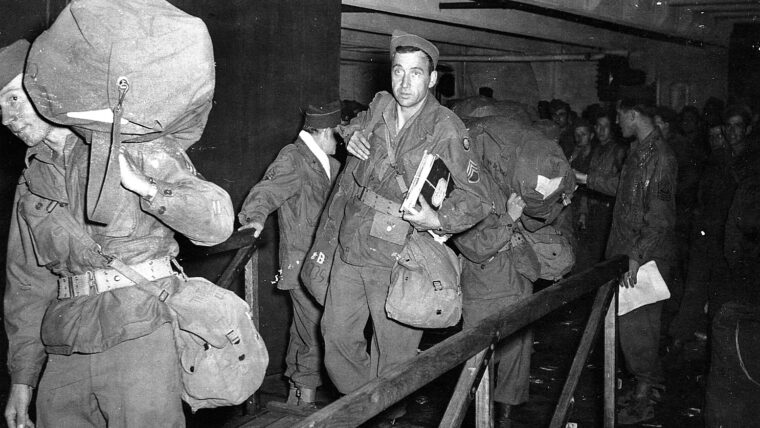
Latest Posts
Discharged: George Faulkner’s Odyssey from Soldier to Civilian
By Kevin M. HymelEvery man in uniform dreamed of taking that big boat home, but stepping foot on American soil was just part of the journey. Read more
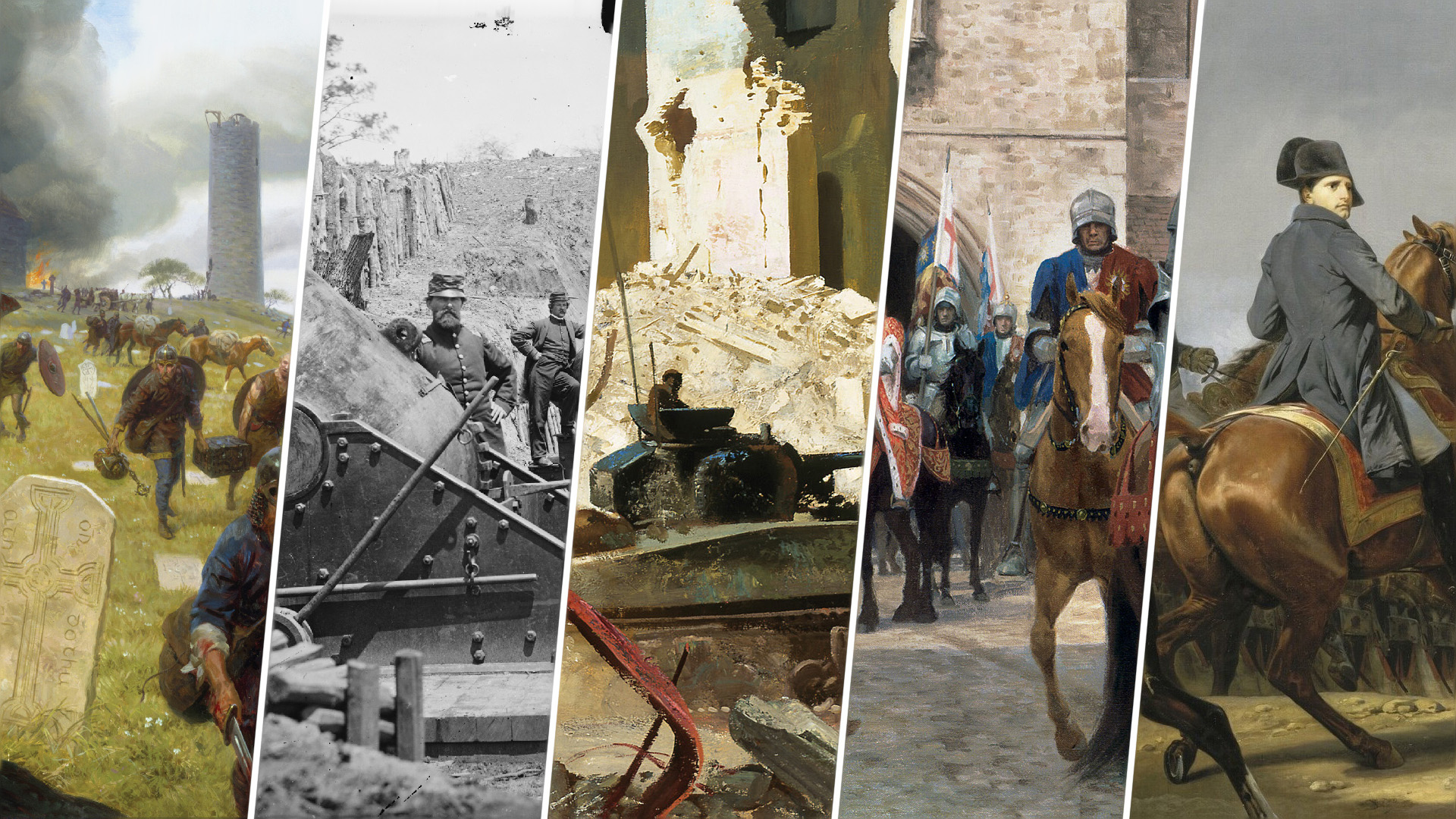

Latest Posts
Every man in uniform dreamed of taking that big boat home, but stepping foot on American soil was just part of the journey. Read more
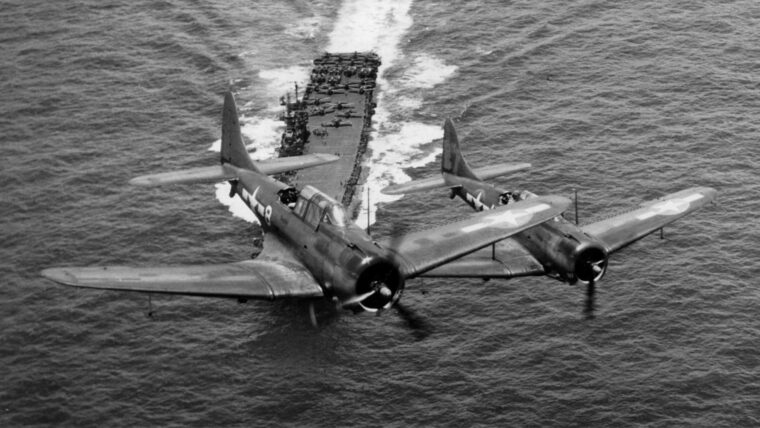
Latest Posts
Many people have heard of the six American Curtiss P-40 Tomahawk fighters that actually got off the ground and contested the Japanese attack on Pearl Harbor, December 7, 1941. Read more
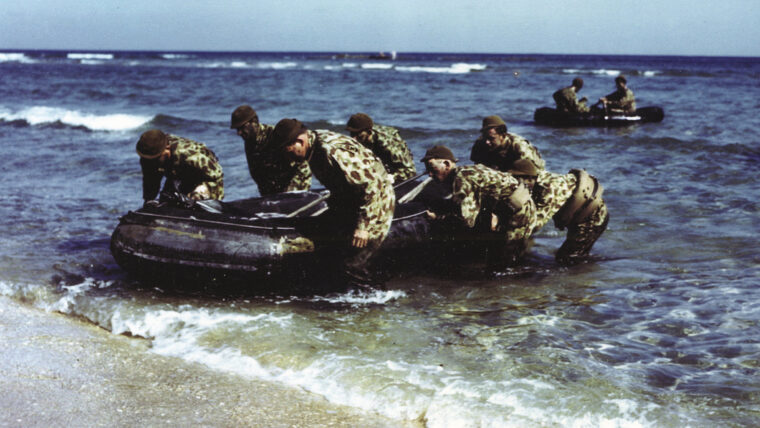
Latest Posts
The three rubber dinghies struggled through the rough surf in the pitch black night toward an inhospitable stretch of rocky beach. Read more
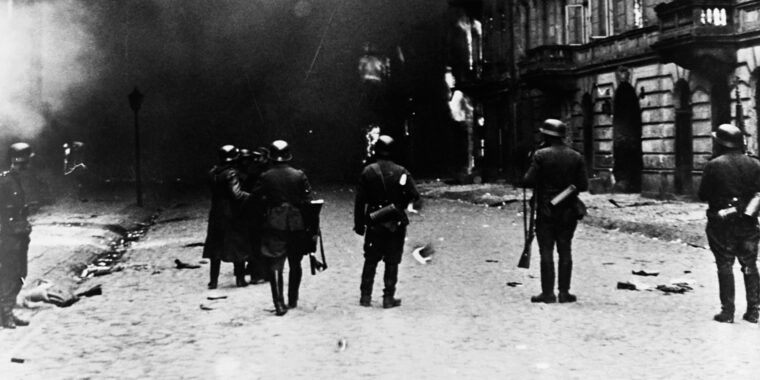
Latest Posts
In April 1940, Adolf Hitler’s SS began building a walled compound in occupied Warsaw in which to imprison Jews who had survived the previous autumn’s bitter fighting as the German juggernaut romped through western Poland. Read more
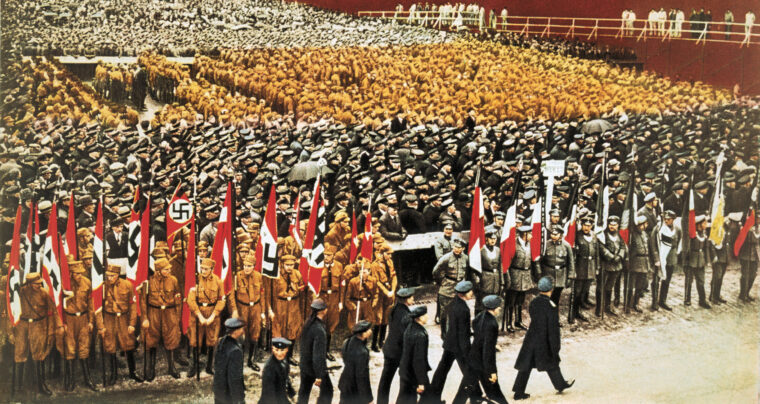
Latest Posts
Say the words “pocket battleship” and up pops the name Admiral Graf Spee. Her two sister ships, the Deutschland/Lutzow and the Admiral Scheer are virtually unknown to Americans. Read more
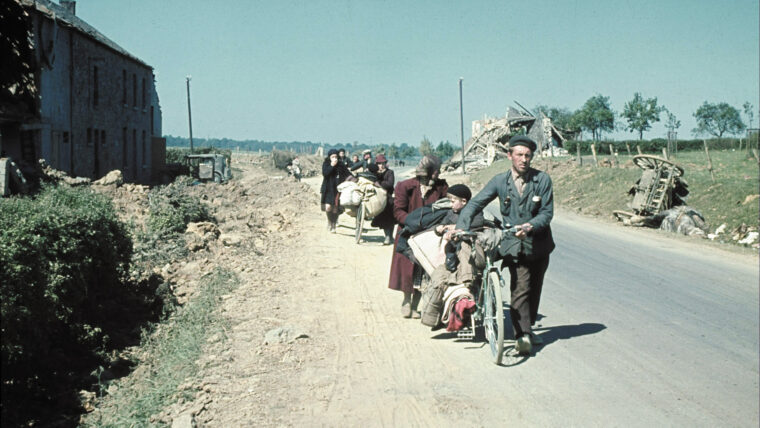
Latest Posts
Panic and confusion reigned across France as the bright, warm spring of 1940 turned into summer.
Blitzkrieg, a brutal new mode of warfare, was on the loose in Western Europe. Read more
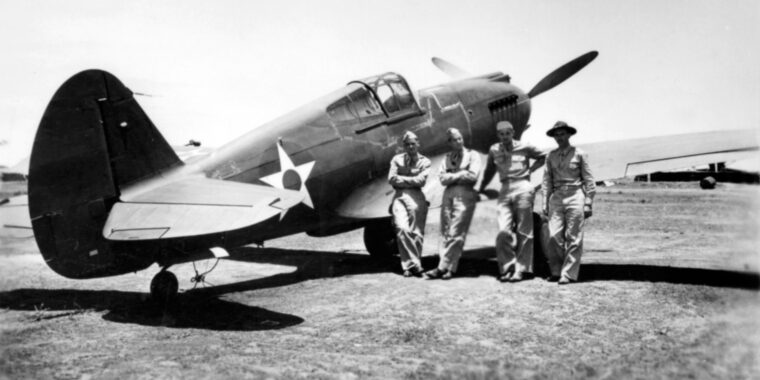
Latest Posts
In the popular history of World War II, the assertion that the United States was caught unprepared in Hawaii and the Philippines has become widely accepted as fact. Read more

Latest Posts
Millions of people travel to Washington, DC, to view famous icons of the United States. Mainly these are working institutions like the Congress and the White House or edifices such as the Lincoln and Jefferson Memorials. Read more

Latest Posts
On Friday, September 28, 1473, Charles, Duke of Burgundy arrived at Trier to meet with the Holy Roman Emperor Frederick III. Read more
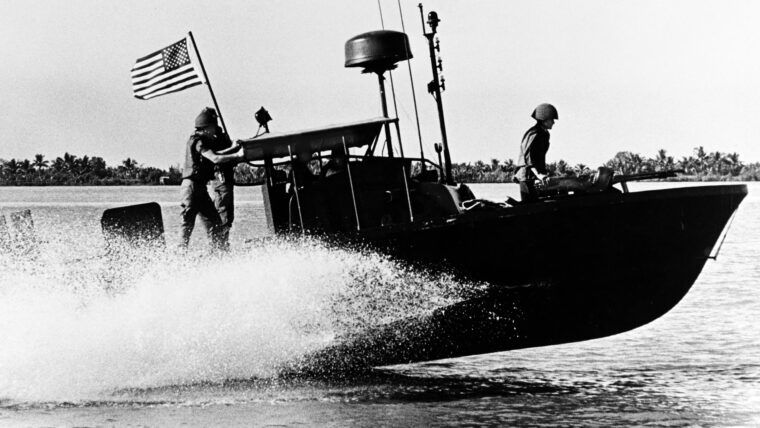
Latest Posts
As darkness fell along the upper Saigon River in Vietnam’s Mekong Delta region, one of two River Patrol boats of the U.S. Read more
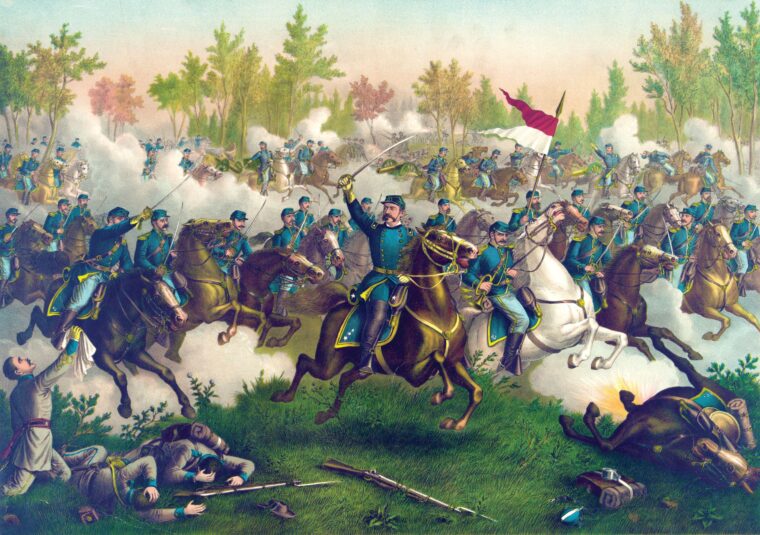
Latest Posts
In the early hours of October 19, 1864, fog blanketed the hills and fields along the meandering Cedar Creek in the northern Shenandoah Valley. Read more
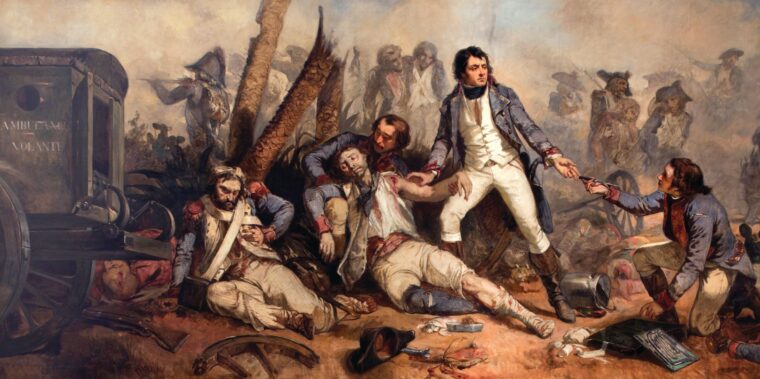
Latest Posts
It was late November, 1812, and the fate of Napoleon’s Grande Armee hung in the balance. Several Russian armies were closing in, but if the French crossed the 300-foot-wide Berezina River, the bedraggled survivors of a once great army might still manage to escape the trap. Read more
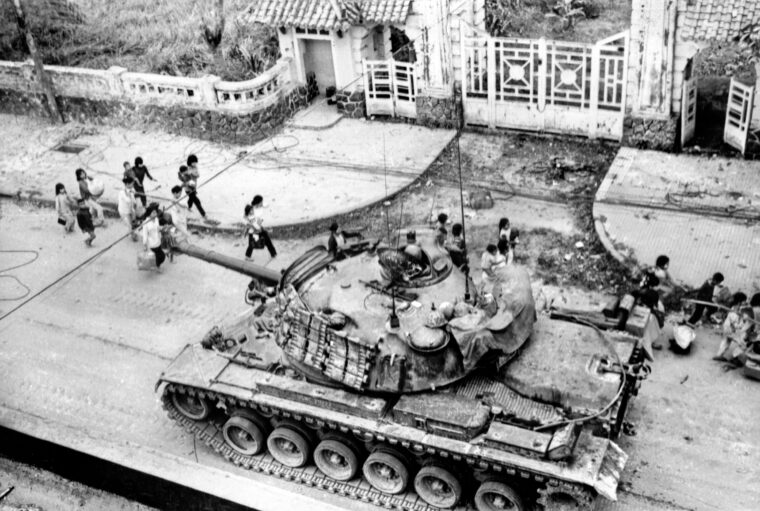
Latest Posts
The old Imperial capital of Hue was ready for the Tet Festival, a joyous occasion celebrating the Vietnamese Lunar New Year on January 31, 1968. Read more
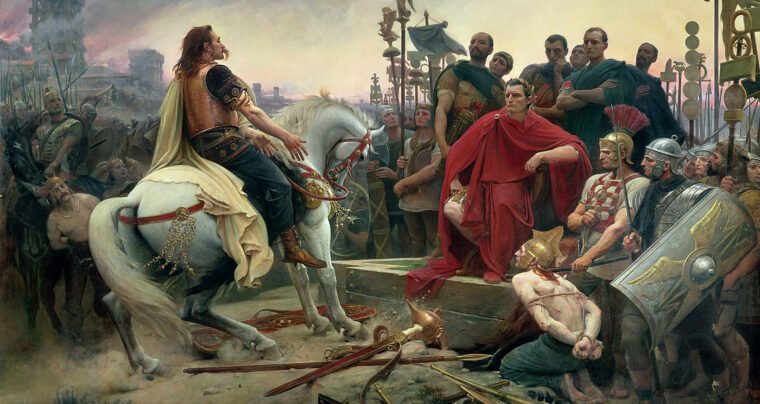
Latest Posts
The Gauls were Celtic people who lived in much of Europe from the 5th century BC. They were described by Greek and Roman historians as tall, muscular, fair-skinned, with long blonde, or reddish hair. Read more
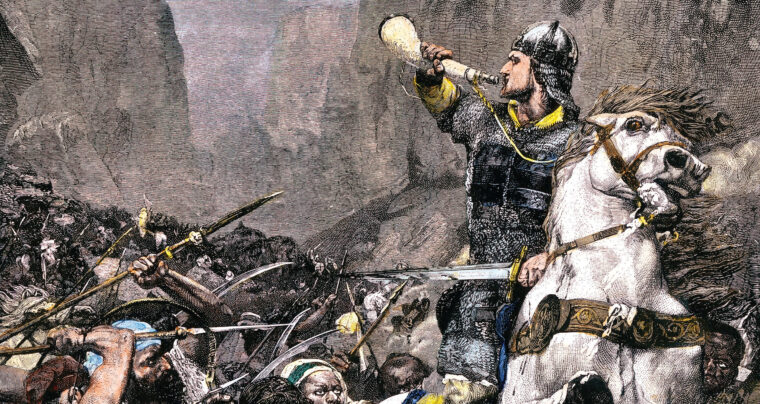
Latest Posts
The Age of Chivalry brings to mind knights in shining armor and damsels in distress, along with traveling troubadours and minstrels singing chansons de geste, “songs of deeds,” telling of feats of arms and labors of love. Read more

Latest Posts
At 1:25 p.m. on May 1, 1982, the Sea Harrier naval jet fighter became the symbol of British resolve. Read more
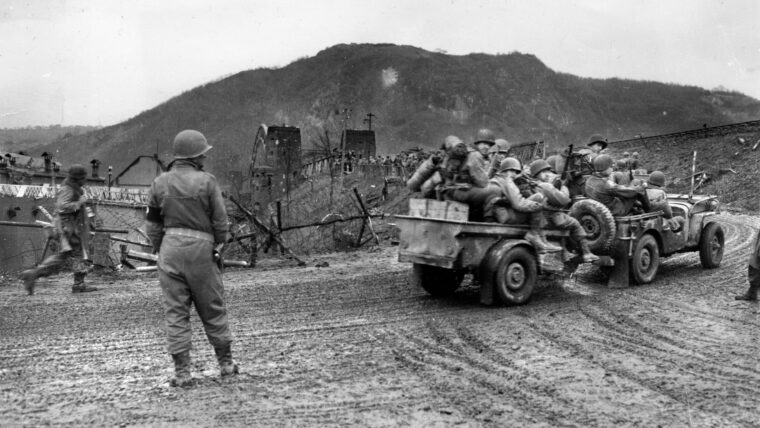
Latest Posts
By the end of January 1945, Hitler’s desperate Ardennes Offensive had ground to a halt. Though the last-ditch push to the west had inflicted heavy casualties on American forces, it was the German army that suffered irreplaceable losses in men, equipment, and materiel and was no longer capable of offensive operations. Read more

Latest Posts
Sign Here for Sacrifice: The Untold Story of the Third Battalion, 506th Airborne Vietnam 1968 (Ian Gardner, Osprey Publishing, Oxford UK, 2023, 304 pp., Read more
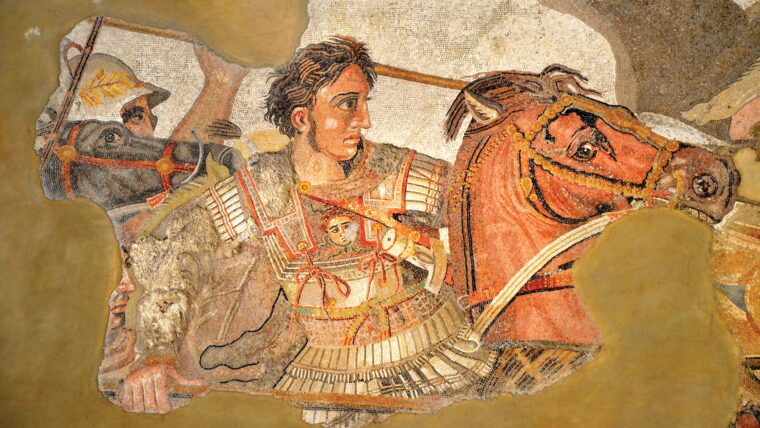
Latest Posts
He was the first Caucasian many of his conquered subjects had ever seen. The empire he established during his short life stretched from Greece to the Indus River in modern Pakistan, an area of about 2 million square miles—more than twice the size of the Louisiana Purchase. Read more
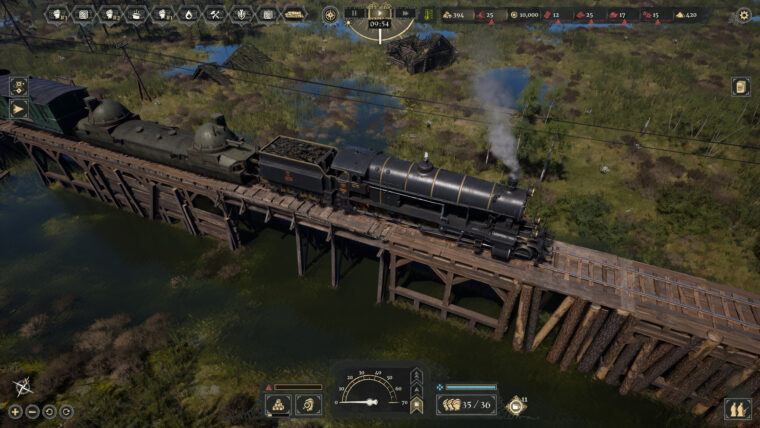
Latest Posts
When it comes to war games, there’s no situation that can truly be described as anything but bleak and unforgiving, though we often see all the shades imaginable in the various era-spanning depictions across many genres. Read more